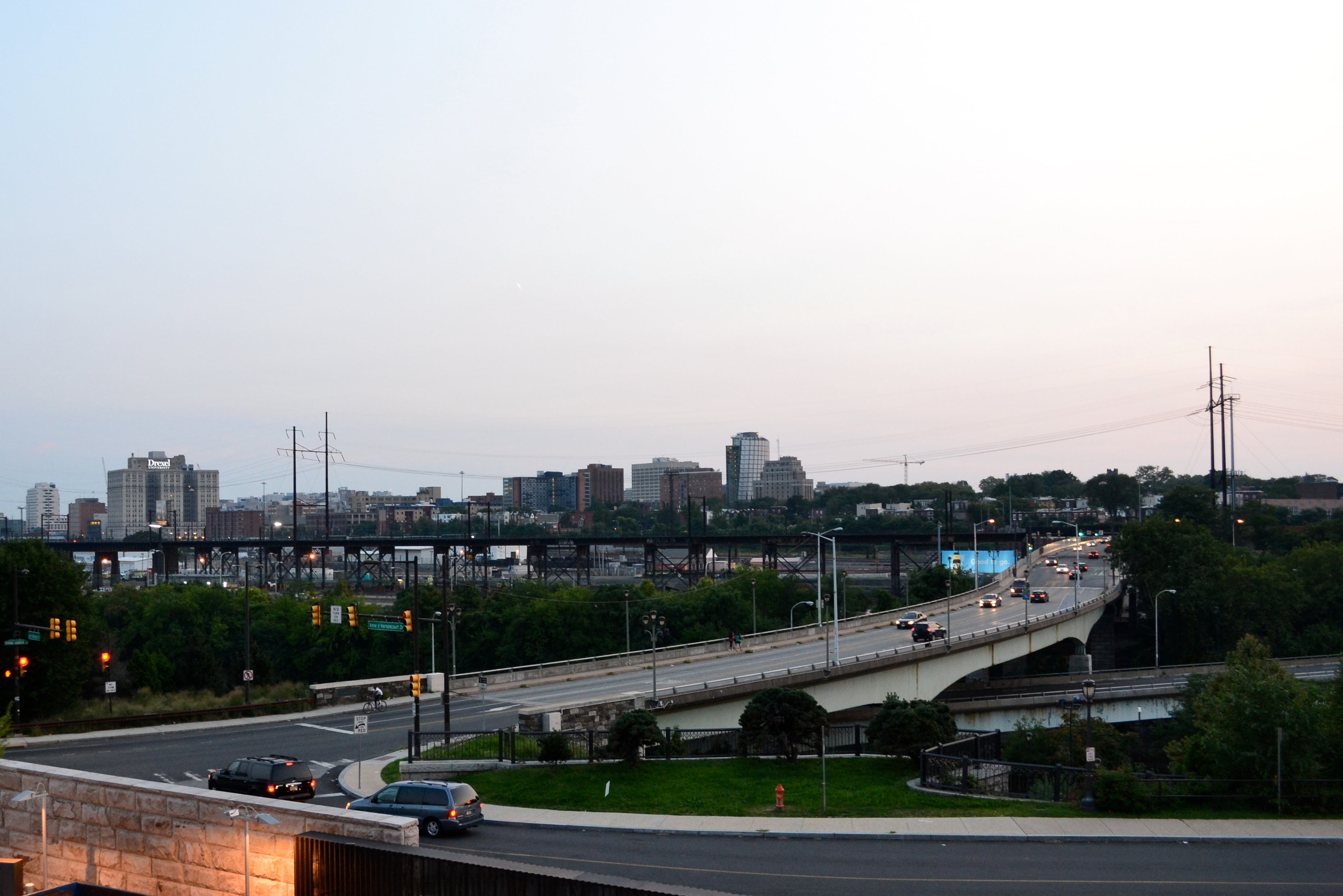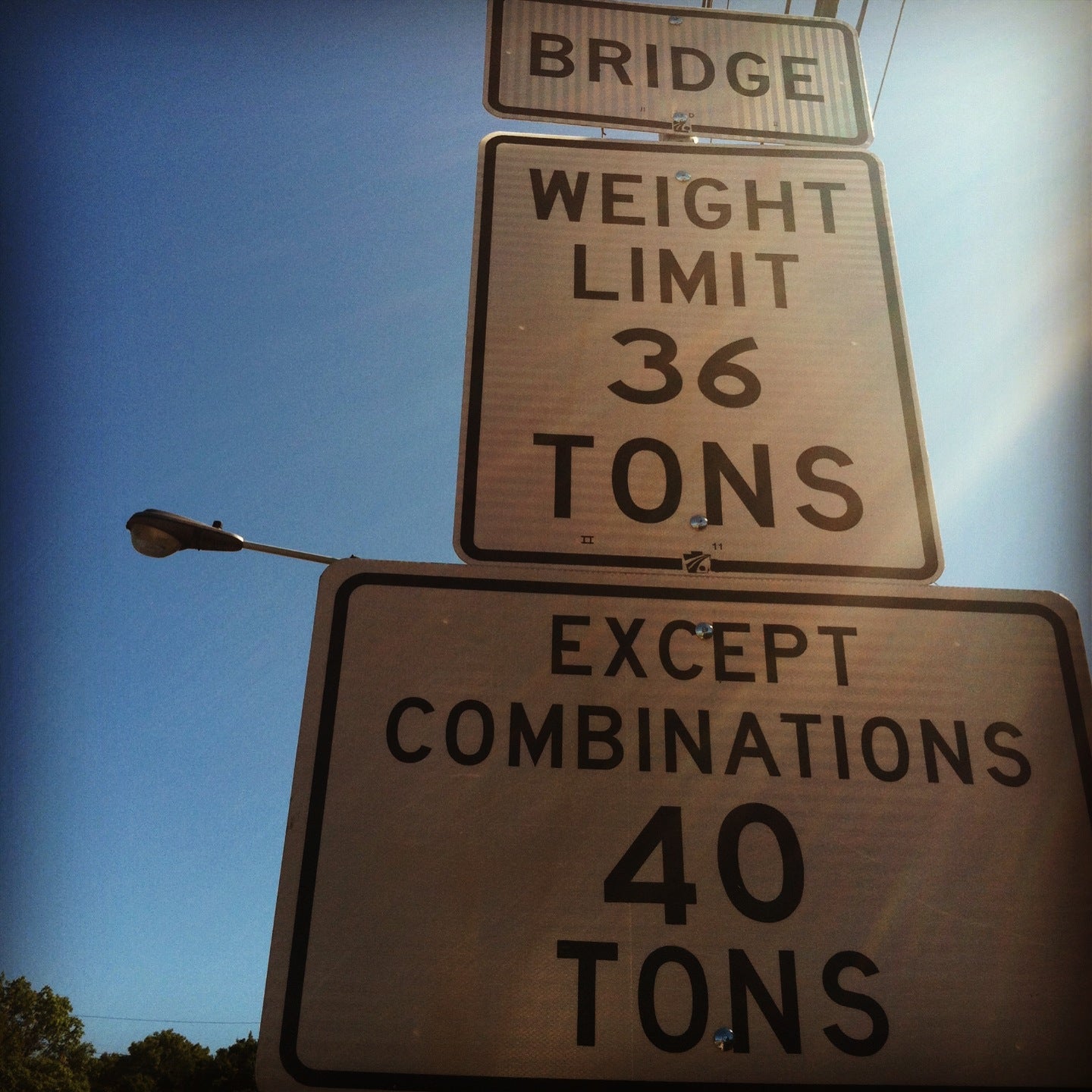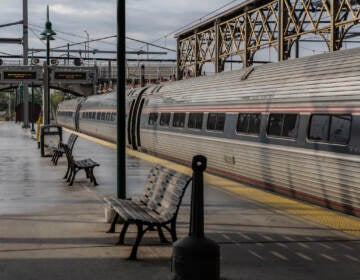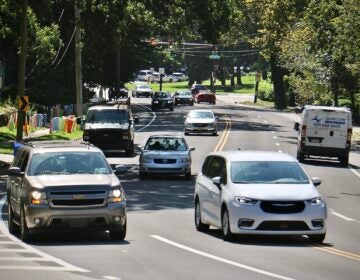PennDOT adds weight restrictions to 86 regional bridges

Eighty-six bridges in the Philadelphia region will see new or increased weight restrictions in the coming months. PennDOT has announced it will apply weight restrictions to these state-owned bridges in an attempt to extend the service life of each bridge and ensure safety until transportation funding is available for repairs.
The local weight restrictions are part of a larger PennDOT initiative that will add or increase weight restrictions to about 1,000 state-owned structurally deficient bridges across the commonwealth.
“Reducing the weight traveling on these bridges will slow down their deterioration and preserve safety while funding for their repairs remains uncertain,” said a PennDOT release.
In Philadelphia five bridges are subject to the new weight limits. Those bridges are:
- U.S. Route 1 (City Ave) over SEPTA (Bala Station) – 36 ton weight limit
- Erie Avenue over former Conrail railroad tracks – 36 ton weight limit
- Frankford Avenue over Frankford Creek – 33 ton weight limit
- 34th Street over CSX railroad tunnels – 36 ton weight limit
- Spring Garden Street over the Schuylkill River and Martin Luther King Drive – 29 ton weight limit
To put that in perspective, an average loaded tractor-trailer weighs 40 tons. An average loaded garbage truck weighs 25 tons. An average fire truck weighs between 19 and 30 tons, and a loaded school bus usually weighs in at 17 tons.
While the average car or truck only weighs between 1.5 and three tons, the public may be impacted by the bridge weight restrictions indirectly. If a delivery truck has to take a detour, for instance, shipping costs and times might increase. PennDOT District 6 Executive Lester Toaso said detours could also impact emergency service response times.
PennDOT has notified the municipalities it partners with of the new restrictions. It will be up to the municipalities to notify local police, who will be responsible for enforcing most of the restrictions.

Since 2008, PennDOT has spent $4 billion repairing approximately 4,500 structurally deficient bridges, but that funding has since dried up.
In the five-county Philadelphia region there are 2,755 state-owned bridges. Of those, 462 are structurally deficient, meaning there is some deterioriation in their decks, supporting members or superstructures. Philadelphia County alone is home to 71 structurally deficient state-owned bridges.
“We don’t have the resources to take care of these bridges,” Toaso said.
Pennsylvania leads the nation with the number of structurally deficient bridges. The state currently ranks 35th in the nation with the percentage of structurally deficient bridges that are posted or closed, but with these new and increased restrictions the state will rank 27th in the nation.
The jump in weight restricted structurally deficient bridges is partially due to the fact that PennDOT used to take a more liberal approach to assessing its bridge infrastructure.
“In the past we’ve been able to hold off on restricting bridges, but now we have to be more conservative,” PennDOT Secretary Barry Schoch said in a press release. “We have some of the oldest bridges in the nation and many of them need major repairs.”
Another reason for the 86 additional weight restrictions is that PennDOT “already lost one construction season because the funding wasn’t there to restore and repair our SD bridges [this summer]” Toaso said.
PennDOT will continue to inspect its structurally deficient bridges at least once every two years. Though the bridges are structurally deficient, PennDOT Spokesperson Gene Blaum said the bridges are still safe.
“Based on past experiences, [a weight restriction] will increase the lifespan of the bridge at least five to 10 years,” Toaso said.
PennDOT, like many transportation stakeholders, is waiting for the state legislature to come to an agreement on transportation funding. Toaso said several reports have concluded the state needs approximately $3.5 billion to fix and maintain its bridges.
“That might do the trick,” he said. But that figure was calculated a year-and-a-half to two years ago. By now, Toaso said, the need may have increased to $4.5 billion.
“Whatever type of funding the legislature give us is funding we will use [and] put to good use,” Toaso said.
WHYY is your source for fact-based, in-depth journalism and information. As a nonprofit organization, we rely on financial support from readers like you. Please give today.






